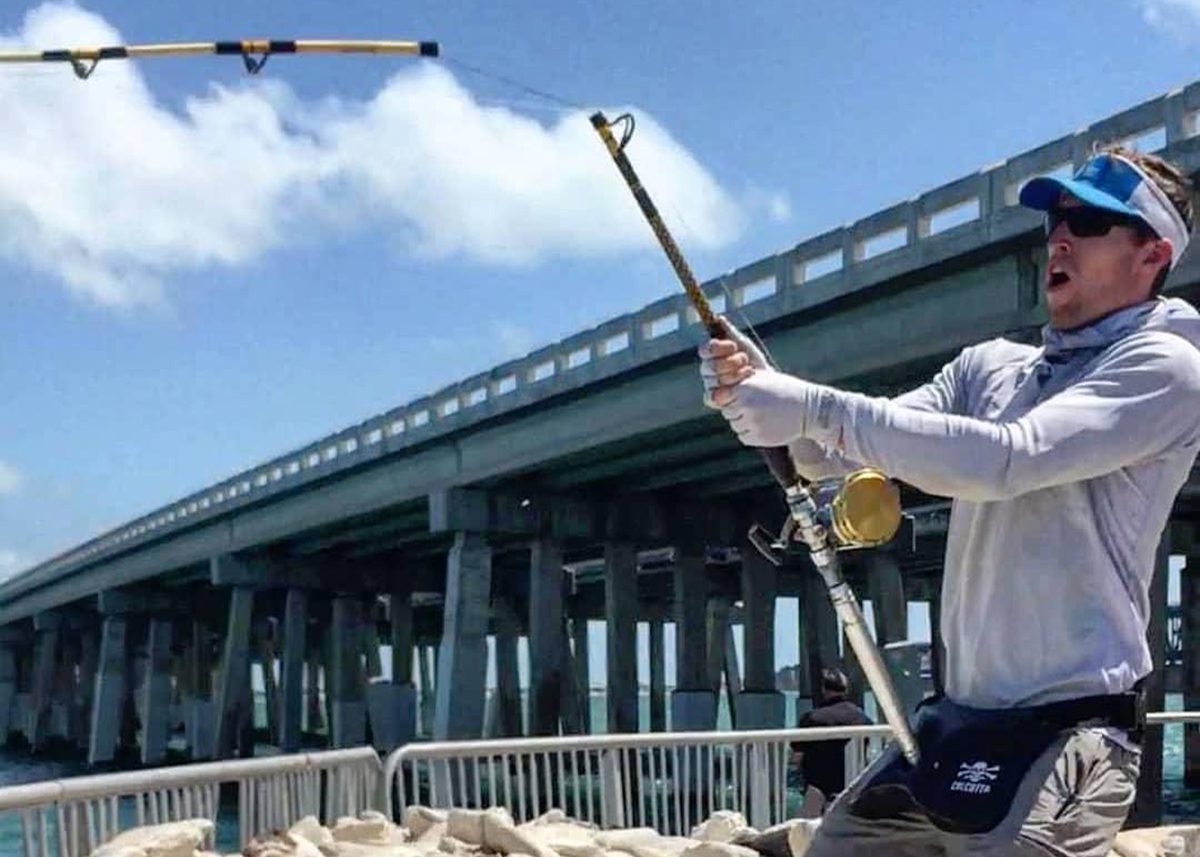A hotter climate is already creating big worries among people who live and visit our coast and who work its land and water. It strains the budgets of taxpayers, government agencies, lawmakers and insurers.
And this winter, climate warming has intruded upon our ability to simply want to catch one of the state’s most prized game fishes.
Supporter Spotlight
Many of us may not realize that such worries are directly related to a warming climate, and it’s time to understand how climate is so directly connected to how we live our lives and that none of us are immune to the consequences of a warming Earth.
This winter the wild swings in weather are linked to something called the “polar vortex.” The weather now dominates the news and our daily lives. It has caused major delays in work and big economic losses for businesses, closed schools, interrupted travel plans and along the N.C. coast resulted in a big die-off of speckled trout. To protect the trout that survived the cold, the N.C. Division of Marine Fisheries has imposed a statewide moratorium on harvesting them until June.
What is the “polar vortex?”
Scientists tell us that it normally stays in the Arctic. But this winter it came down south and brought us extremely cold temperatures, snow and ice. The vortex is pulled south by an unusually strong jet stream, which climate scientists tell us is going to continue to happen even more frequently as the world continues to warm. In fact, 2013 was the fourth-hottest year on record (the second-hottest for a year without an El Niño). Greenhouse gas pollution simply traps more heat in our atmosphere.
Meanwhile, coastal communities complain to lawmakers about the rising costs of insuring property from wind and floods and paying higher prices to fight erosion and floods. We’re told by scientists that a warming climate not only causes more wild swings in winter weather, but it is also the likelihood to result in more extreme storm events throughout the year such as hurricanes, northeasters, tornados—not to mention droughts and forest fires.
Supporter Spotlight
Over the past couple of years, there’s been a spirited debate in N.C. about sea-level rise predictions and how we should plan for a rising tide going forward. Few people debate that the sea is rising, but some argue about how fast and say there’s no reason to worry about things that won’t happened for decades to come.
Almost all climate experts predict an exponential increase in sea level worldwide several decades from now. That’s because when the climate warms even by a little, past geologic history and simple physics clearly show that the volume of a warming sea increases significantly as well.
We still have decades to adjust to these longer-term changes and make our communities more resilient to climate extremes. Already, we should take steps to design sewers, roads, drainage systems and other infrastructure that will be around for the next century so they are not so vulnerable to floods and erosion.
A new documentary called “Shored Up” shows what happened in New Jersey and New York as a result of Hurricane Sandy. Sandy hammered coastal communities from all sides. Damage was widespread on both barrier island and mainland communities. Sandy illustrated that massive investments in fortifying the oceanfront do little to protect entire coastal communities. These projects were about as effective as the Maginot Line in France was during World War II. The sea simply bypassed impressive beach fortifications and found other low points to invade coastal communities.
Short-term strategies to protect existing development in coastal communities are fine to pursue, and these efforts give some time to fully appreciate and depreciate existing investments in real estate and infrastructure. Such strategies include beach re-nourishment and inlet management projects. Over time, however, such strategies will become progressively less effective and more expensive.
Back in 2009 a diverse group of about 50 coastal management experts produced a series of short-term and longer-term recommendations for how to manage our barrier islands. They crafted recommendations that would allow for existing development to be protected as long as the public beach and environment are not harmed. They also said that efforts to protect existing development should not be a catalyst for increasing the amount and density of new development that is placed in risky areas.
The group also floated ideas for how to manage and adapt coastal communities when it no longer proves possible to completely protect them as they are today. Few of these proposals have been taken seriously or adopted so far. The longer we put off addressing these longer-term needs, the more catastrophic and costly change will be when it eventually occurs anyway.
The more we all pay the full price to sustain our lifestyles, the more rational we’ll be about selecting places to live that keep us out of harm’s way. This means that the people who benefit from efforts to protect their property should bear financial responsibility for those safeguards.
Here at the N.C. Coastal Federation we’re pretty reasonable people who also live and work at our coast. That’s why we’re constantly seeking ways for coastal communities to prosper in harmony with the natural coast. A healthy coastal environment is essential if our counties and cities are to flourish for years to come.







